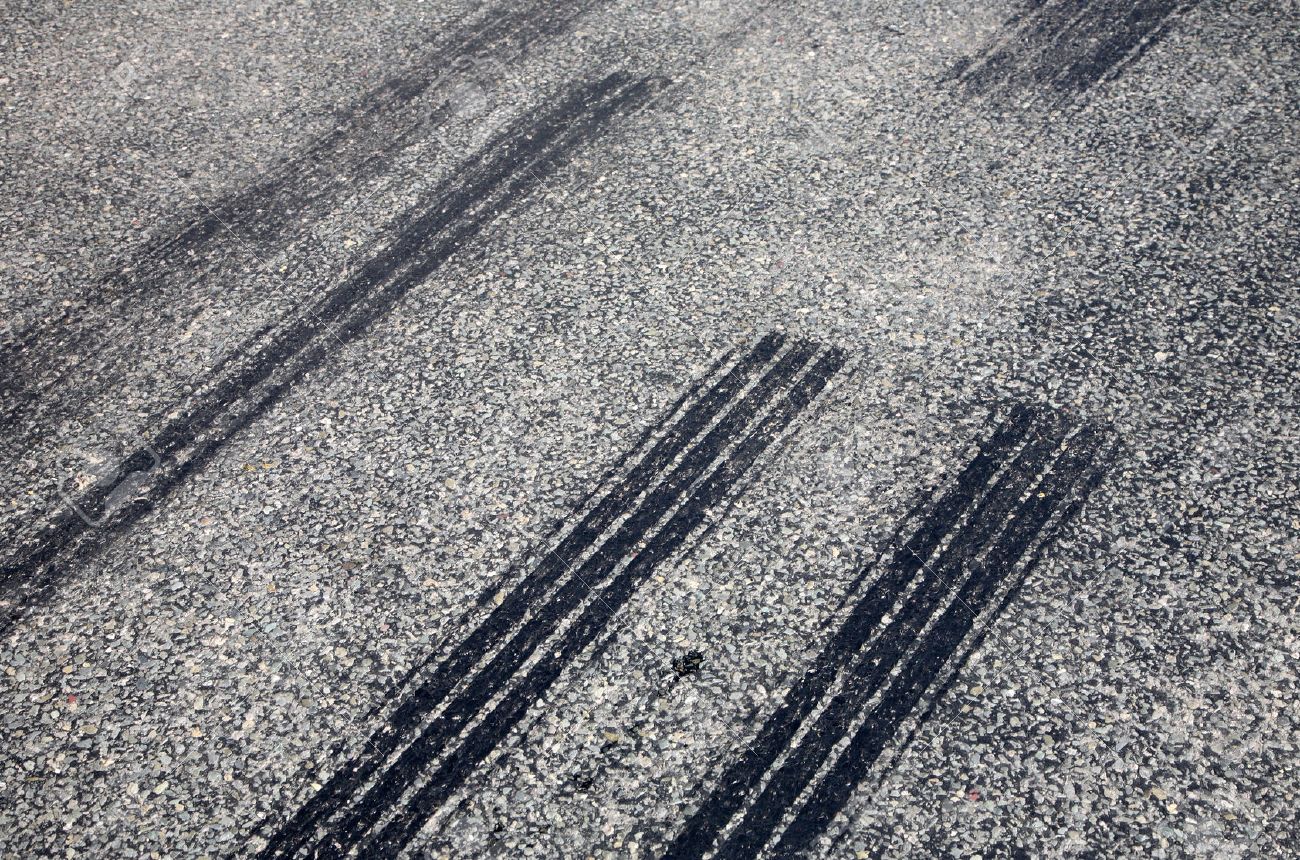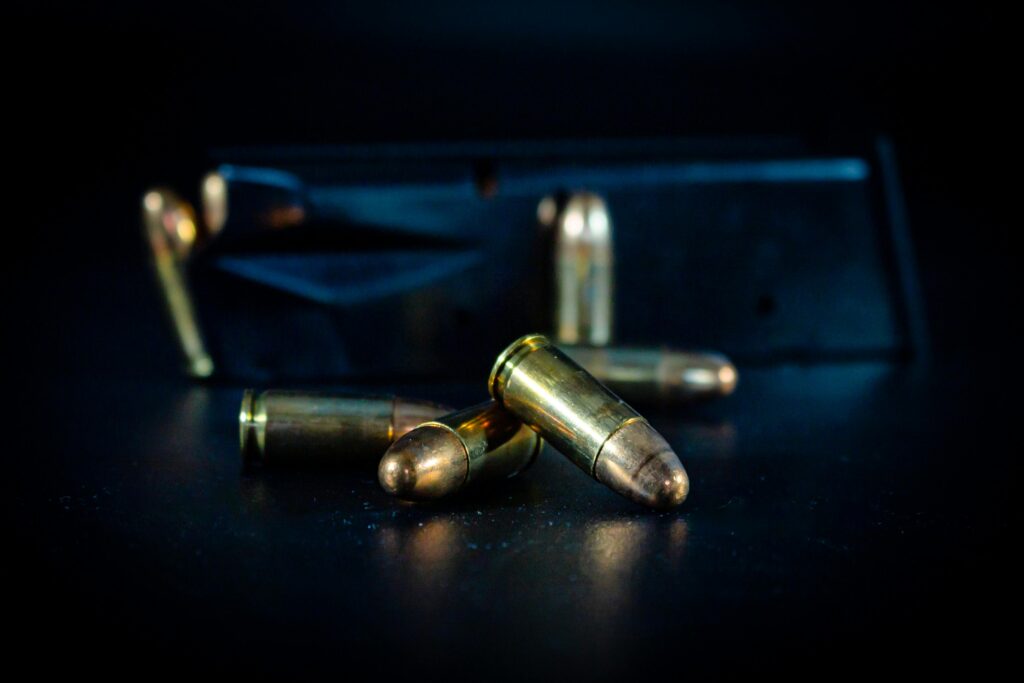Now Reading: Importance of Tire Marks in Forensic Investigation
-
01
Importance of Tire Marks in Forensic Investigation

Importance of Tire Marks in Forensic Investigation
PICTURE SHOWS TIRE MARKS
A forensic investigation is a practice of lawfully establishing evidence and the facts of the crime and the crime scene that are to present in a court of law (1). There are many types of shreds of evidence found in a crime scene. These are biological (tissue, bodily fluids, etc.), chemical (drugs, poison, etc.), tools and weapons (arms, knife, etc.), impression and pattern (fingerprint, bullet holes, etc.) and trace evidence (fibre, paint, etc.). Impression and pattern are such pieces of evidence that are divided into two subtypes 2D and 3D. 2D evidence includes fingerprints, footprints, tire marks, blood spatter, etc. and 3D evidence includes extractor marks, shoeprints, bullet holes, etc. (2). Tire marks are significant in the forensic investigation as with other pattern and impression evidence found in a crime scene such as fingerprints or shoeprints, etc. (3). There are many crimes in which vehicles used because its an easy way to reach the crime scene and escape. The cars also provide security and secrecy to the criminal (4). Following the Locard’s exchange the principle, even the vehicle leaves their tire impressions which are the general marks or impressions left by the tires of a car, exclusive of the tread design and include track width, wheelbase, turning radius, and the relative positions of the tracks of all tires (5).
There are different types of tire marks. These are,
a) Scuff Marks: Refers to the tire marks made by a rotating or yawning vehicle, a vehicle acceleration, or a flat tire.
b) Yaw Marks: These tire marks are made by a tire that is turning and sliding sideways parallel to tank wheel’s axle, and also referred to as sideslip or a critical speed scuff marks.
c) Skid Marks: These impressions of tire made by a locked wheel caused by the application of the brakes.
d) Print Marks: Tire marks that are made by the rolling tire are called print marks.
e) Scrub Marks: When a wheel locked due to damage, then this kind of tire marks are left by the vehicle (6).
The tire marks present at the scene of a crime, can reveal a lot about the vehicle and also helps to recreate the modus operandi at times. At the time of collection of tire marks or impressions from the crime scene, it classified into three categories. The first category of tire mark is a visible print which is can be seen by a naked eye and can collect through photography. The second category referred to as a plastic print which is 3-Dimensional and can collect by making a cast of the print by using powdered stone such as dental stone and water. It can use as when the mixture dries a 3D impression of the tire formed. The last category of the tire impression or mark is latent prints that are not visible to the naked eye and found on flat surfaces like sidewalks, roads, or driveways. To collect this type of impression, an electrostatic and a gelatin lifter dust print lifting device used. After the collection, these impressions must preserve adequately to avoid contamination as it’s an essential piece of evidence of the crime (7).
Tire mark or impression is vital evidence like other pieces of evidence. Tire track marks or impressions leave behind a unique pattern. People rely heavily on vehicles for transportation. It leads to some involvement of vehicles with the crime or the criminals themselves and creates a bridge between the crime and criminal. So, in crime scenes tires are likely to leave pattern or impression evidence. A tire manufactured using natural and synthetic rubber with different tread patterns. They acquire many characteristics like cuts, holes, etc. So, the tire marks are highly informative regarding the crime and the criminal (8).
Tire track impressions can help narrow down, the brand, style, and size since different manufacturers produce different kinds of tires patterns. Tire impressions can attempt to match through searchable databases which help an investigator to determine crime-related facts and evidence. It also helps in the identification of the perpetrator (7). But, with some positives, there are negatives as well. There were some arguments on the validation and reliability of tire marks as evidence. At Aaron Hernandez trial proceedings, the defence lawyer, argued that tire track evidence is mostly subjective as many people may have the same vehicle which may with the same sized tire and same design (9). In that perspective, forensic experts prove that it is difficult for two vehicles to leave the same tire mark in one place because as the tires used, the wear and tear on the tire change the marks pattern of the tire. This change leads to a unique pattern that can help in the crime scene investigation (7). Tire marks are an essential part of a study of accident cases as each target creates specific action of the vehicle. What the driver of the vehicle did or attempted to do before and after the collision can be evaluated by investigating the tire mark or impression. A point-of-impact or an area-of-impact can be determined by the tire mark, which is very important in criminal cases, especially in accident cases. Since the vehicles travelling at various speeds will show different types of skid marks for which there are different speed calculation formulas according to the types of tire marks. This speed calculation can also form a proper interpretation of the facts of the case. Understanding and identifying the tire marks lead to more points and evidence in a crime scene which helps to solve the case and determine the perpetrator (6).
There are many cases in which the importance of tire marks can see. In Brown vs the state of Georgia, Brown convicted under two counts of aggravated assault. Brown appeals that there was insufficient evidence to convict him. But in a trial, footprint and tire track report was presented to the court against him, which is admissible evidence. The result of that, the court affirmed the judgment against Brown (10).
There was another case written in the crime scene journal, which was an excellent example of the importance of tire impression evidence. In July 1990 in Florida, a homicide took place. During the investigation, detectives collected shoeprints and tire marks found in the crime scene. The analyst identifies the brand, size of the tires, and make of vehicles on which those tires could found. With the help of that report, the detective identifies the vehicle and sent it to the FDLE crime lab for comparison of the tires. In the testing report, a decisive match found. Based on this, criminal found, and he confessed the crime during interrogation. He was found guilty of second-degree murder and sentenced punishment according to the justice system of the state (11).
References:
1. Retrieved from https://www.justicia.co.za/investigation-services/investigations/forensic investigation/
2. Crime scene investigation A guide for law enforcement.
3. Retrieved from https://www.encyclopedia.com/science/encyclopedias-almanacs-transcripts-and-maps/tire-tracks
4. Retrieved from https://study.com/academy/lesson/tire-marks-forensic-examination-methods-purpose.html
5. Retrieved from http://what-when-how.com/forensic-sciences/vehicle-tire-marks-and-tire-track-measurement/
6. Retrieved from https://www.pinow.com/articles/2399/tire-marks-their-role-in-accident-reconstruction-investigations
7. Retrieved from https://www.crimemuseum.org/crime-library/forensic-investigation/tire-tracks/
8. Retrieved from https://onlinelibrary.wiley.com/doi/abs/10.1002/9780470061589.fsa366
9. Retrieved from https://www.foxsports.com/nfl/story/aaron-hernandez-tire-tracks-are-focus-of-testimony-at-trial-030515
- Retrieved from https://caselaw.findlaw.com/ga-court-of-appeals/1299435.html
- Retrieved from http://www.crimescenejournal.com/content.php?id=0006
AUTHOR:
Ashma Ahmed Zahan
Intern at Dept. of Forensic Sci & Cri Investigation (June 2020), Legal Desire Media & Insights
She completed a degree of B.Sc(Hons) and a Master’s degree in Zoology. After that, she completed a degree of B.A.(Hons) Psychology, and now she is pursuing M.Sc Criminology specialization in Forensic Psychology from Gujarat Forensic Science University, Gujarat. She has undergone an internship in Ashadeep Mental health care, Guwahati and have attended workshops, several conferences, and even volunteered in some.











